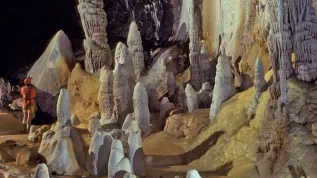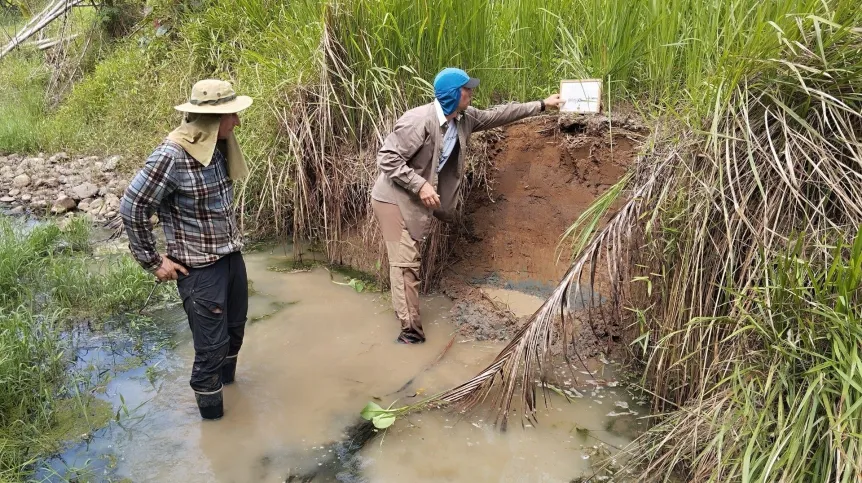
Polish researchers are digging into the history of past tsunamis on the western coast of Sumatra, aiming to better understand the region’s natural disaster risk and help local communities prepare for future waves.
The research, led by Dr. Jędrzej Majewski from Adam Mickiewicz University in Poznań, is part of the ongoing PALEOSUMA project, which focuses on reconstructing the frequency and scale of tsunamis in the area over the past 7,500 years.
The project’s ultimate goal is to create the first-ever palaeotsunami map for Sumatra's western coast and provide crucial data to local authorities in tsunami-prone regions. This information could be vital for preparing communities living in areas at risk of catastrophic waves.
Sumatra’s coastal areas are no strangers to devastation. On December 26, 2004, a powerful earthquake off the coast of Aceh triggered a massive tsunami that claimed nearly 230,000 lives across several countries, including Indonesia, Thailand, Sri Lanka, and India. In the aftermath, urgent research was launched to understand the tsunami risks in the region.
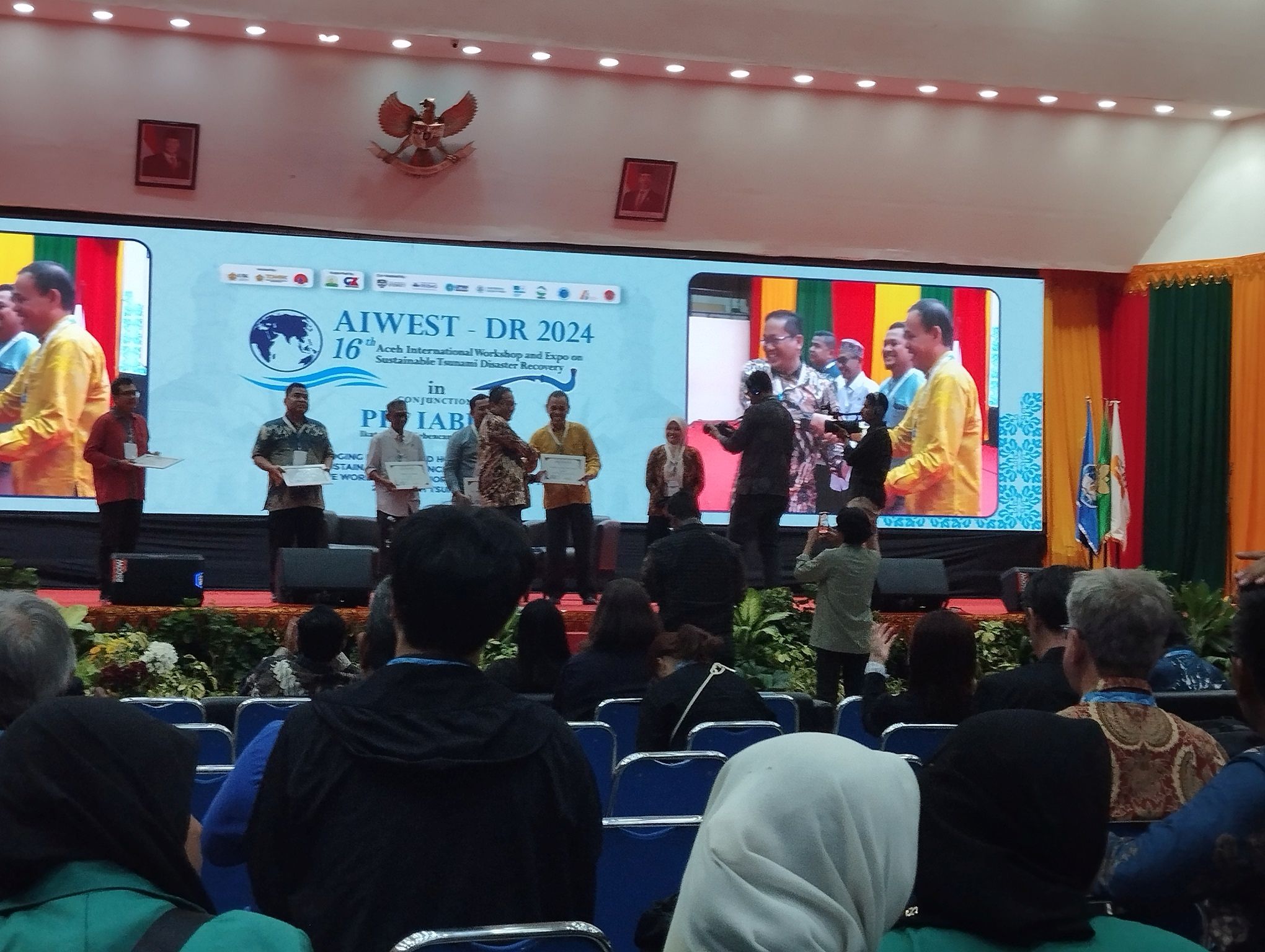
Dr. Majewski, who recently attended the Aiwest conference in Aceh marking the 20th anniversary of the disaster, noted that the 2004 tsunami was just one of several major tsunami events that have struck the region in the past 7,500 years. Despite this knowledge, the local population had no historical awareness of these past catastrophes, as many coastal settlements only began to form after a previous tsunami in 1394 wiped out earlier communities.
'We now know that similar events have occurred before, but much of our research has focused on the northern region affected by the 2004 tsunami. We still need to understand how these patterns apply to other parts of Sumatra,’ Dr. Majewski said.
The PALEOSUMA project is focusing on areas further south along Sumatra’s western coast, where the 2004 tsunami had less impact. The team is searching for traces of ancient tsunamis—known as paleotsunamis—by drilling into swamps, lakes, and dune fields. These areas are prime sites for collecting sediments that could offer clues to past disaster events.
Researchers use a combination of methods to analyze these sediments. By studying the chemical composition, minerals, and plankton found within the layers of sand, scientists can confirm whether the deposits originated from a tsunami.
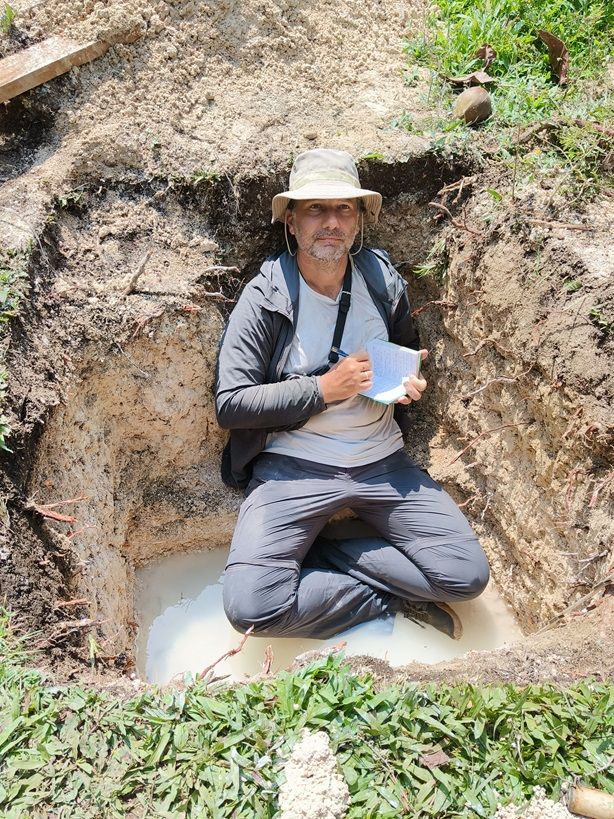
Dating techniques like radiocarbon and thermoluminescence allow the team to pinpoint when these sediments were laid down, helping to reconstruct the timeline of past tsunamis.
'In the layers, we often find large grains of sand, which indicate the force of a strong current from a tsunami,’ said Dr. Majewski. 'Sometimes, we also find coral boulders that have been moved inland, a clear sign of a past tsunami event.’
While Aceh has been well-studied, Dr. Majewski points out that the threat of tsunamis varies across Sumatra's western coast. For example, while the south sees more frequent but smaller earthquakes, the risk of a major tsunami remains lower in those areas.
‘Still, the entire western coast of Sumatra should be treated as threatened. The variability in earthquake activity means we need more research to understand the full scale and frequency of potential tsunamis,’ he said.
The PALEOSUMA team hopes their work will not only clarify the tsunami risks for local populations but also provide valuable insights into the tectonic behaviors of the subduction zone, where oceanic plates meet continental plates. This research could have global implications, helping to assess tsunami risks in other regions, such as Japan, Chile, and the Philippines.
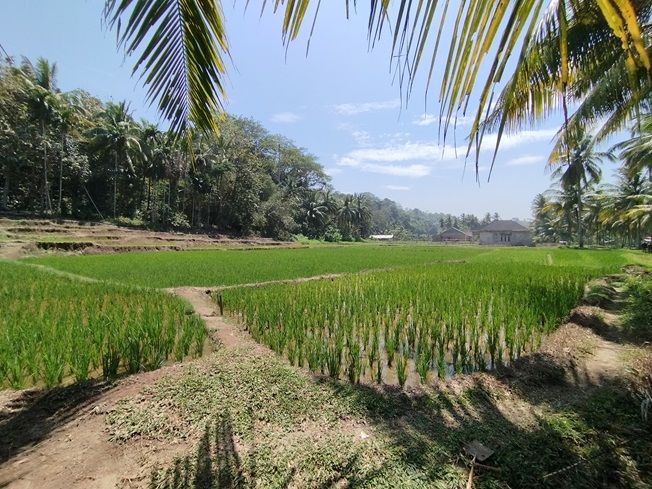
Dr. Majewski pointed to the importance of educating communities, particularly the younger generation, about tsunami risks. The example of Simeulue Island, off Sumatra’s western coast, shows how oral histories and stories passed down through generations helped locals survive past tsunamis. During the 2004 disaster, residents fled inland in time, saving many lives, with just seven casualties in a population of 70,000.
‘Local knowledge and education are crucial,’ Majewski said. ‘In Simeulue, the stories of their ancestors about past tsunamis gave them the knowledge to act quickly and save lives.’
The PALEOSUMA project is funded by the Polish National Science Center and is one of the first initiatives to map paleotsunamis in Sumatra. By uncovering these ancient disaster events, researchers aim to improve early warning systems and preparedness, reducing future casualties when the next tsunami strikes.
Tsunamis are a global threat, but Dr. Majewski says that governments often hesitate to act in the face of uncertain data. ‘Without clear evidence of when and where tsunamis are most likely to strike, many local administrations delay preparations or fail to invest in necessary measures,’ he said.
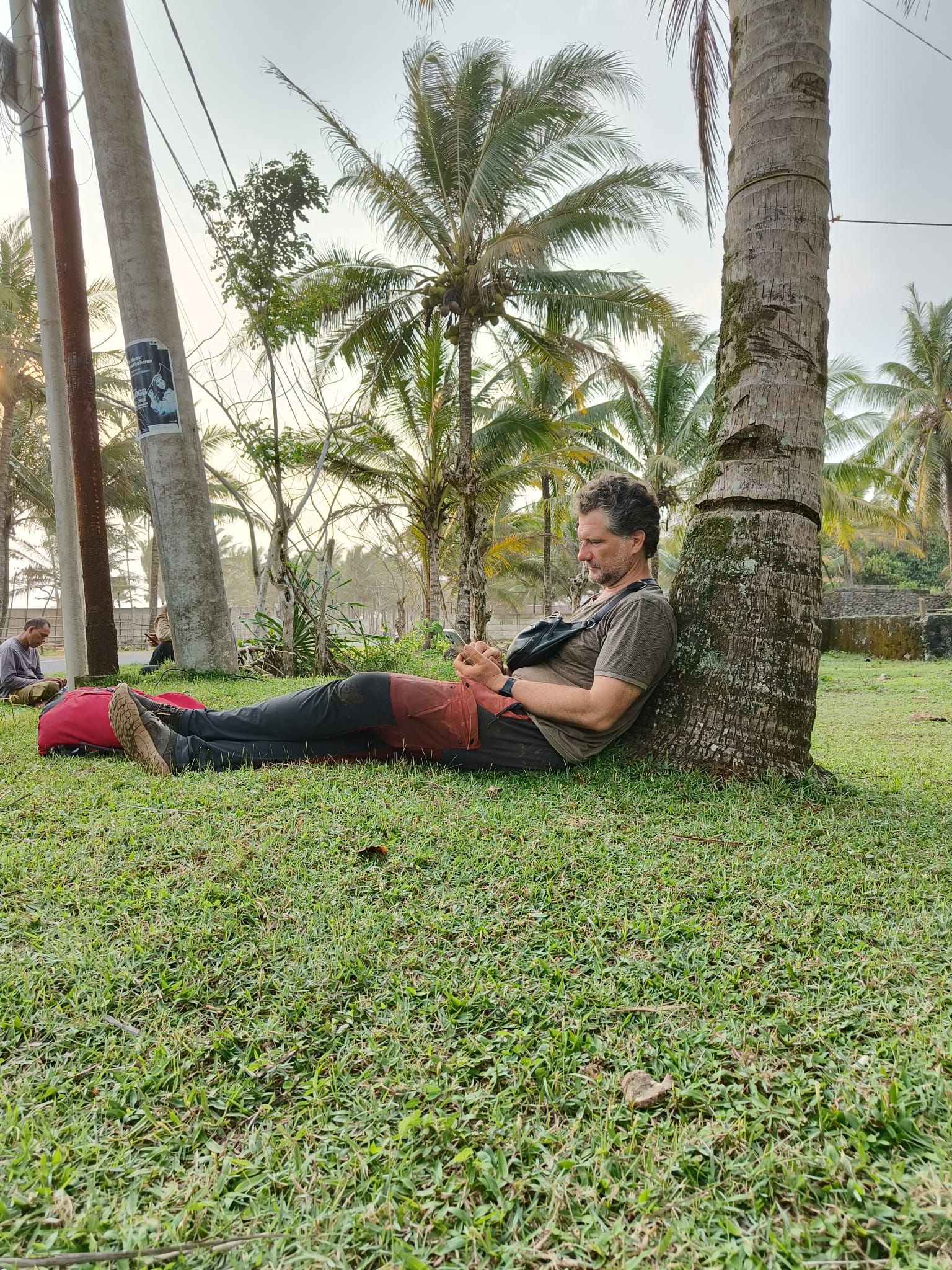
At the Aiwest conference, discussions also touched on the social challenges of relocating populations from tsunami-prone areas. Dr. Majewski noted that, like in Indonesia, similar issues arise in places like Poland, where communities stay in flood-prone areas due to financial constraints, not ignorance of the risks. (PAP)
PAP - Science in Poland, Anna Mikołajczyk-Kłębek
amk/ zan/ ktl/ kap/
tr. RL


